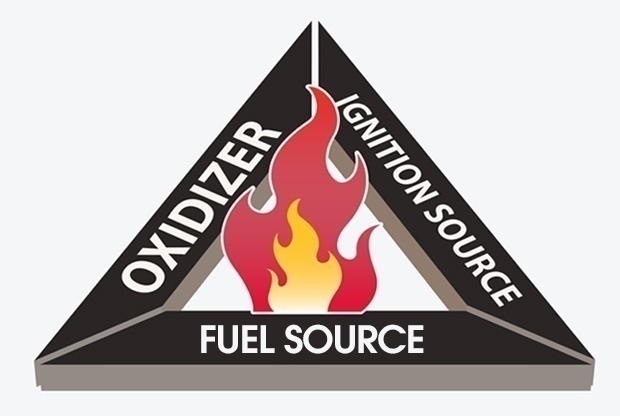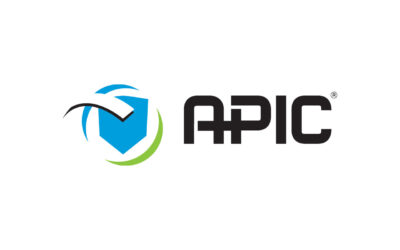The FDA is reminding health care professionals and health care facility staff of factors that increase the risk of surgical fires on or near a patient via a new safety communication. The FDA is also recommending practices to reduce these fires from occurring, including the safe use of medical devices and products commonly used during surgical procedures.
Although surgical fires are preventable, the FDA continues to receive reports about these events. Surgical fires can result in patient burns and other serious injuries, disfigurement, and death. Deaths are less common and are typically associated with fires occurring in a patient’s airway.
Surgical fires can occur at any time when all three elements of the fire triangle are present:
- Oxidizer (e.g., oxygen, nitrous oxide)
- Ignition source(e.g., electrosurgical units (ESUs), electrocautery devices, lasers, and fiber-optic illumination systems)
- Fuel source(e.g., surgical drapes, alcohol-based skin preparation agents, the patient’s tissue, hair, or skin)
Most surgical fires occur in oxygen-enriched environments, when the concentration of oxygen exceeds 30 percent. When supplemental oxygen is delivered to a patient in an operating room, an oxygen-enriched environment can be created. An open oxygen delivery system, such as nasal cannula or mask, presents a greater risk of fire than a closed delivery system, such as a laryngeal mask or endotracheal tube. In an oxygen-enriched environment, materials that may not normally burn in room air can ignite and burn.
The safety communication includes recommendations to reduce surgical fires.
FDA Activities
The FDA is working with The Joint Commission (TJC), and other organizations, to inform health care professionals and health care facility staff of risks of surgical fires and provide recommendations to reduce them. The FDA also reviews product labeling for drugs and devices that are components of the fire triangle to ensure the appropriate warnings about the risk of fire are included.
Reporting Problems to the FDA
Prompt reporting of adverse events will help the FDA identify and better understand the risks and adverse events associated with surgical fires. If you experience a surgical fire, we encourage you to file a voluntary report through MedWatch, the FDA Safety Information and Adverse Event Reporting program. Health care personnel employed by facilities that are subject to the FDA’s user facility reporting requirements should follow the reporting procedures established by their facilities.










